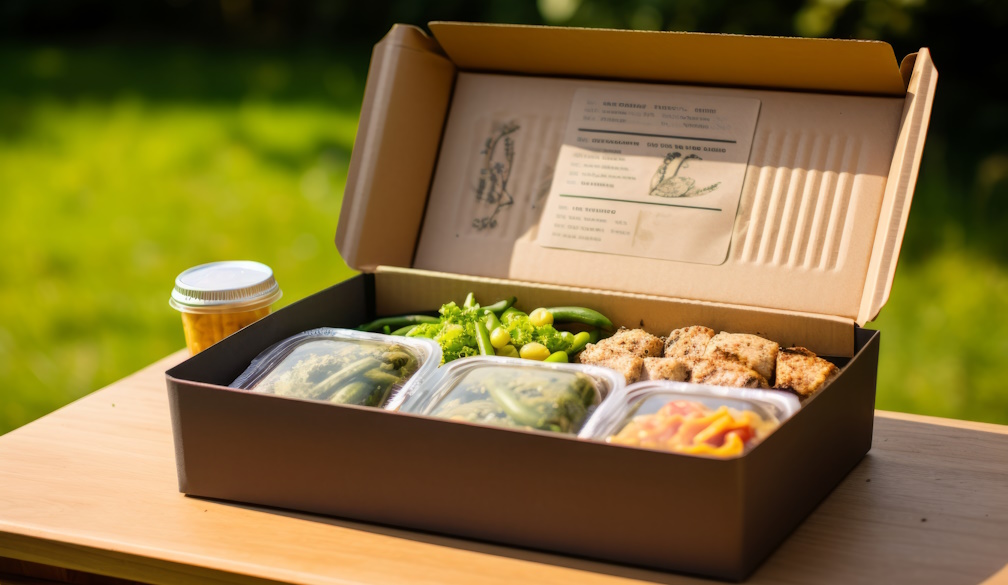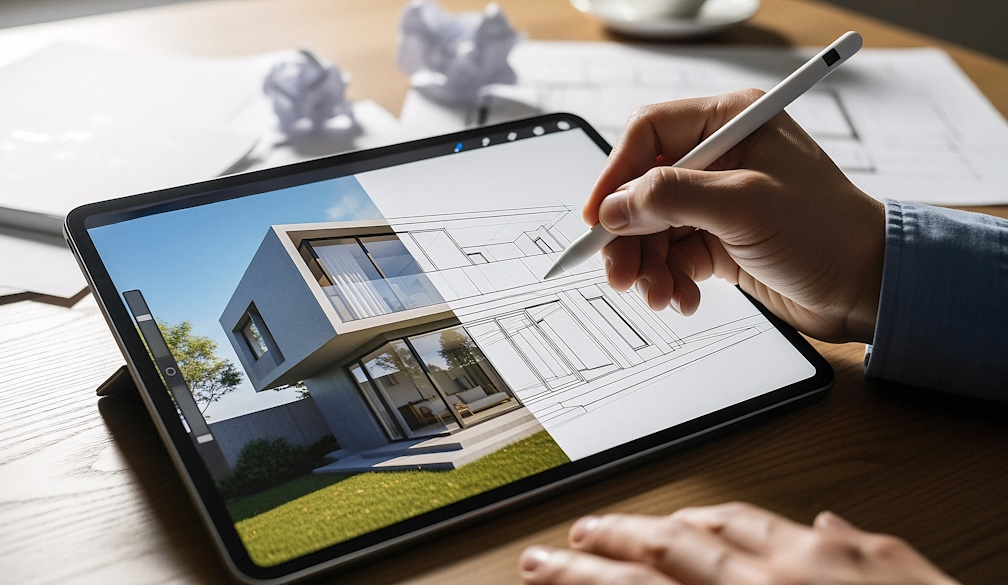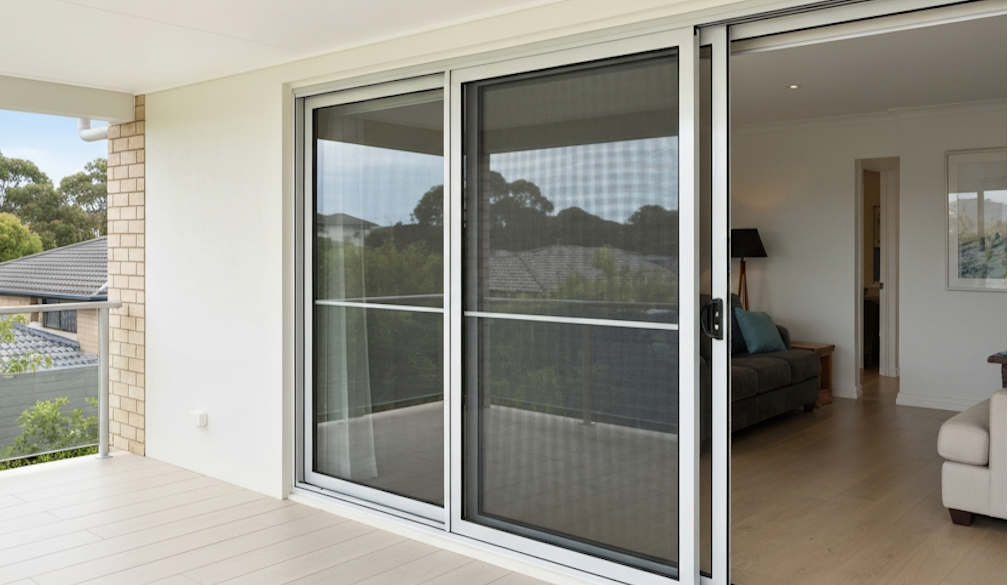How to stay fit and active at home during the coronavirus self-isolation
- Written by Emmanuel Stamatakis, Professor of Physical Activity, Lifestyle, and Population Health, University of Sydney
The extensive social distancing policies put in place to limit the spread of COVID-19 mean most people will have to spend much, if not all, their time at home.
Self-isolation means far fewer opportunities to be physically active if you are used to walking or cycling for transportation and doing leisure time sports.
But equally worryingly, the home environment also offers abundant opportunity to be sedentary (sitting or reclining).
While self-isolation measures are necessary, our bodies and minds still need exercise to function well, prevent weight gain and keep the spirits up during these challenging times.
Read more: Why are we calling it 'social distancing'? Right now, we need social connections more than ever
Exercise can help keep our immune system become strong, less susceptible to infections and their most severe consequences, and better able to recover from them.
Even before the restrictive conditions were announced, physical inactivity cost 5.3 million lives a year globally.
So we should consider ways to limit the effects of the impact of the COVID-19 crisis, as well as its wider impact of contributing to the long-term chronic disease crisis.
Don’t just sit there in front of the screen. UnsplashHow much physical activity?
Global recommendations are for all adults to accumulate at least 150 minutes of moderate-intensity or 75 minutes of vigorous-intensity physical activity per week, as well as muscle-strengthening activities on two or more days a week.
Any activity is better than none, and more activity provides more physical and mental health benefits.
As several countries are already under lockdown, it is uncertain for how long you can go outside for a walk, run or cycle. The key question is how can people meet these guidelines when restricted to the home environment?
The Conversation, CC BY-ND Sitting, standing and movement Take regular breaks from continuous sitting in front of your computer, tablet, or smartphone every 20 to 30 minutes. For example, you could take a few minutes break to walk around the house, take some fresh air on the balcony, in the garden or yard, or play with your dog for a few moments. Alternate periods of standing while working/studying with sitting by creating your own stand-up desk area. Make stairs your best friend Using the stairs is an extremely time-efficient way to maintain fitness. As little as three 20-second fast stair climbs a day can improve fitness in only six weeks. If you live in an apartment, avoid uncomfortable lift encounters with other self-isolating neighbours by using the staircase for any necessary outdoor journeys. Take care to avoid much contact with handrails. Internal stairs also offer more stairclimbing and strength exercise opportunities. Use your own bodyweight A 2017 British study found home based strength exercises that utilise your own bodyweight – such as press-ups, sit-ups and planks – are as important for health as aerobic exercise. Using your bodyweight. Ivan Radic/Flickr, CC BY There are many great resources for such indoor bodyweight exercises for people of all ages online. Aim for at least a couple of own bodyweight sessions per week, with each session involving two to four sets of eight to 15 repetitions of each strength-promoting exercise. Make sure you take a two to three minutes rest between sets. Dance the COVID-19 blues away! An increasing number of live concerts are streamed online. Use the stress-releasing magic of music and dance at home like nobody’s watching (which is not unlikely). Dance alone like no one is watching.Dancing is an excellent way to protect the heart and maintain fitness as it can reach moderate and vigorous intensity and can even imitate high-intensity interval training. Dancing also has established mental health benefits to help us cope with the coronavirus-imposed solitude. Whether it’s electronic beats, rock or traditional Irish music that floats your boat, it will not be difficult to turn up the volume of your stereo a little higher and turn your lounge or kitchen into a little dance hall every now and again. Give them the play time they’ve always wanted Social-distancing is a good opportunity to bond more with the little two and four legged members of your family through active play. Both children and dogs will love you replacing some of your online media and sitting time with playing in and around the house with them. Let your pets take you away from that screen for some exercise play. Flickr/Todd Dwyer, CC BY-SA Dogs thrive on human attention and, given the opportunity, they would keep you on your feet 24/7. Take advantage of the extra time you will be in and around the house. There are many great indoor games to keep you active and improve your dog’s well-being. No matter how young or how old your children are, there are many fun activities you can do together indoors and in the garden. Just do something! Left unattended, the self-isolation imposed by COVID-19 will likely skyrocket sedentary time and will drastically reduce the physical activity levels for many. Our suggestions are only a few examples of ideas that need no special equipment and can be done within limited space. Read more: Coronavirus distancing measures are confusing. Here are 3 things to ask yourself before you see someone For more ideas take a look at the online resources of reputable organisations such as the World Health Organisation, the American College of Sports Medicine, Sport England and the American Heart Association. The end goal during self-isolation is to prevent long term physical and mental health damage by sitting less, moving as often as possible, and aiming to maintain fitness by huffing and puffing a few times a day. Remember to have a good stretch after any exercise. Flickr/Adam McGuffie, CC BYAuthors: Emmanuel Stamatakis, Professor of Physical Activity, Lifestyle, and Population Health, University of Sydney





















